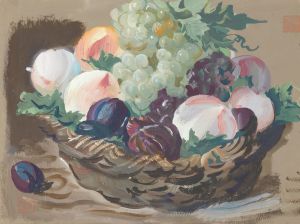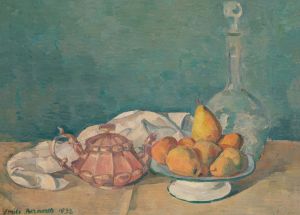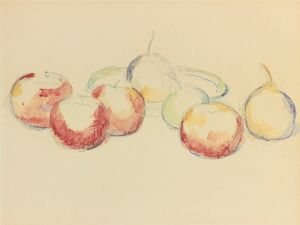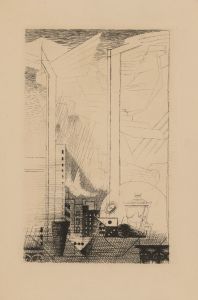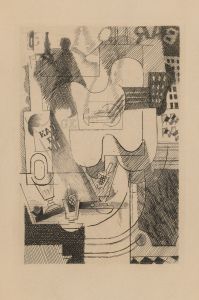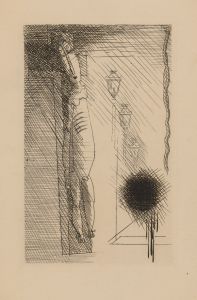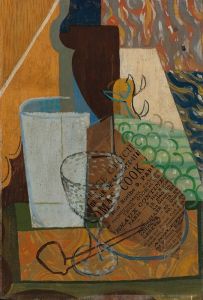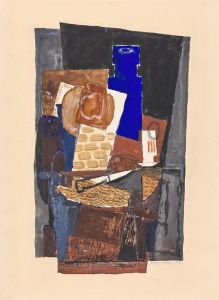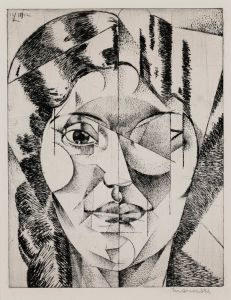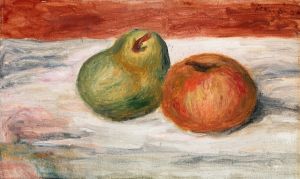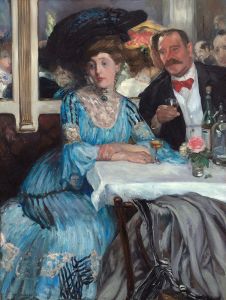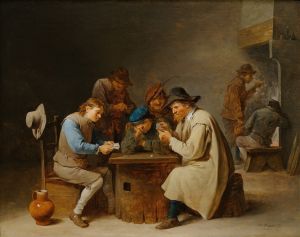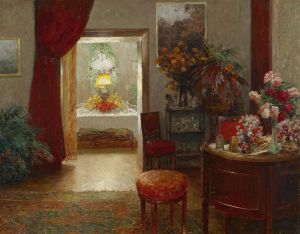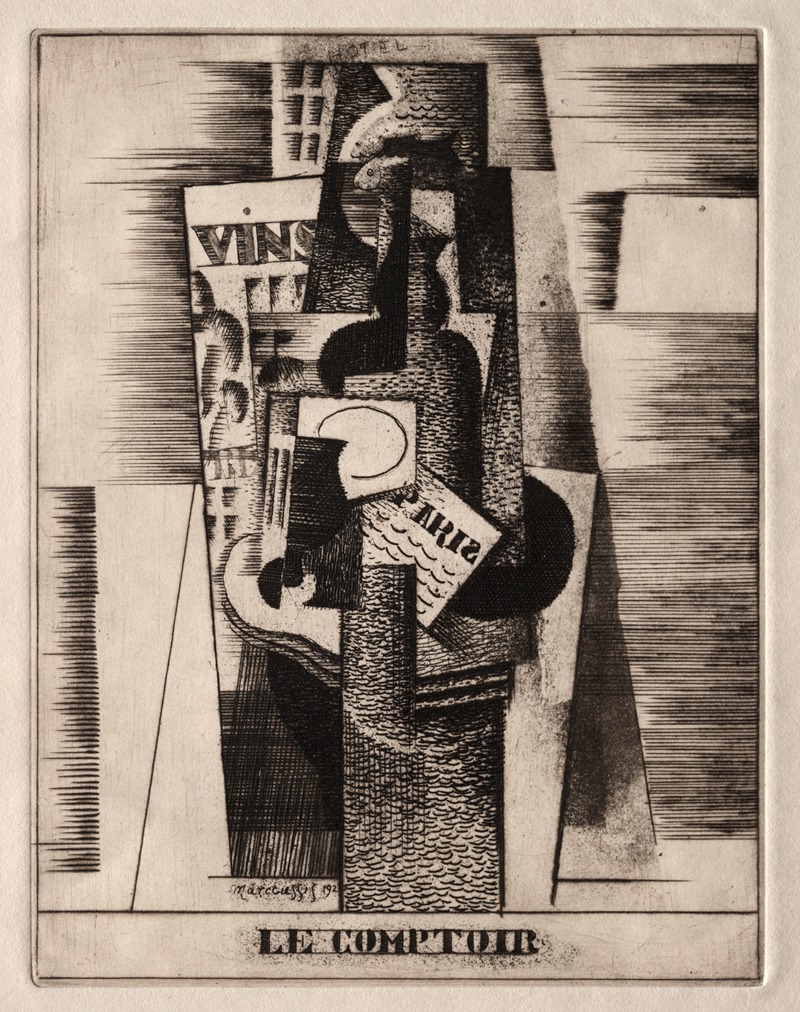
The Bar
A hand-painted replica of Louis Marcoussis’s masterpiece The Bar, meticulously crafted by professional artists to capture the true essence of the original. Each piece is created with museum-quality canvas and rare mineral pigments, carefully painted by experienced artists with delicate brushstrokes and rich, layered colors to perfectly recreate the texture of the original artwork. Unlike machine-printed reproductions, this hand-painted version brings the painting to life, infused with the artist’s emotions and skill in every stroke. Whether for personal collection or home decoration, it instantly elevates the artistic atmosphere of any space.
Louis Marcoussis was a Polish-French painter and engraver, known for his contributions to the Cubist movement. Born Ludwik Kazimierz Wladyslaw Markus in Warsaw in 1878, he moved to Paris in 1903, where he became an integral part of the vibrant artistic community. Marcoussis is celebrated for his unique approach to Cubism, often incorporating elements of still life and portraiture into his work. His painting "The Bar" is one of the notable pieces that exemplifies his style and artistic philosophy.
"The Bar" by Louis Marcoussis is a work that reflects the Cubist movement's principles, characterized by fragmented forms and a departure from traditional perspective. Cubism, pioneered by artists like Pablo Picasso and Georges Braque, sought to represent subjects from multiple viewpoints, thereby challenging the conventional representation of space and form. Marcoussis, influenced by these pioneers, developed his own interpretation of Cubism, often infusing his works with a sense of rhythm and musicality.
In "The Bar," Marcoussis employs a palette of muted tones, a common feature in his work, which lends the painting a sense of harmony and balance. The composition is structured with geometric shapes and overlapping planes, typical of Cubist art. This technique allows the viewer to engage with the painting in a dynamic way, as the eye is drawn to various elements within the composition. The use of lines and angles creates a sense of movement, guiding the viewer through the visual narrative of the piece.
Marcoussis often incorporated elements of everyday life into his paintings, and "The Bar" is no exception. The subject matter suggests a scene from a café or bar, a common social setting in Parisian life, especially during the early 20th century. This choice of subject reflects the artist's interest in capturing the essence of modern life and the urban experience. The depiction of objects such as bottles, glasses, and tables, though abstracted, are recognizable and contribute to the painting's thematic focus on social interaction and leisure.
The influence of music is also evident in Marcoussis's work, including "The Bar." The rhythmic arrangement of shapes and the interplay of light and shadow can be likened to a musical composition, where each element contributes to the overall harmony of the piece. This musicality is a hallmark of Marcoussis's style, setting his work apart from other Cubists of his time.
Louis Marcoussis's contribution to the Cubist movement is significant, as he brought a distinct sensibility to the style. His works, including "The Bar," demonstrate a mastery of form and composition, while also reflecting his personal experiences and interests. Marcoussis continued to explore and develop his artistic vision until his death in 1941, leaving behind a legacy that continues to be studied and appreciated in the context of modern art.
"The Bar" remains an important work within Marcoussis's oeuvre, exemplifying his approach to Cubism and his ability to capture the vibrancy of contemporary life through abstract forms. The painting is a testament to his skill as an artist and his contribution to the evolution of modern art.





